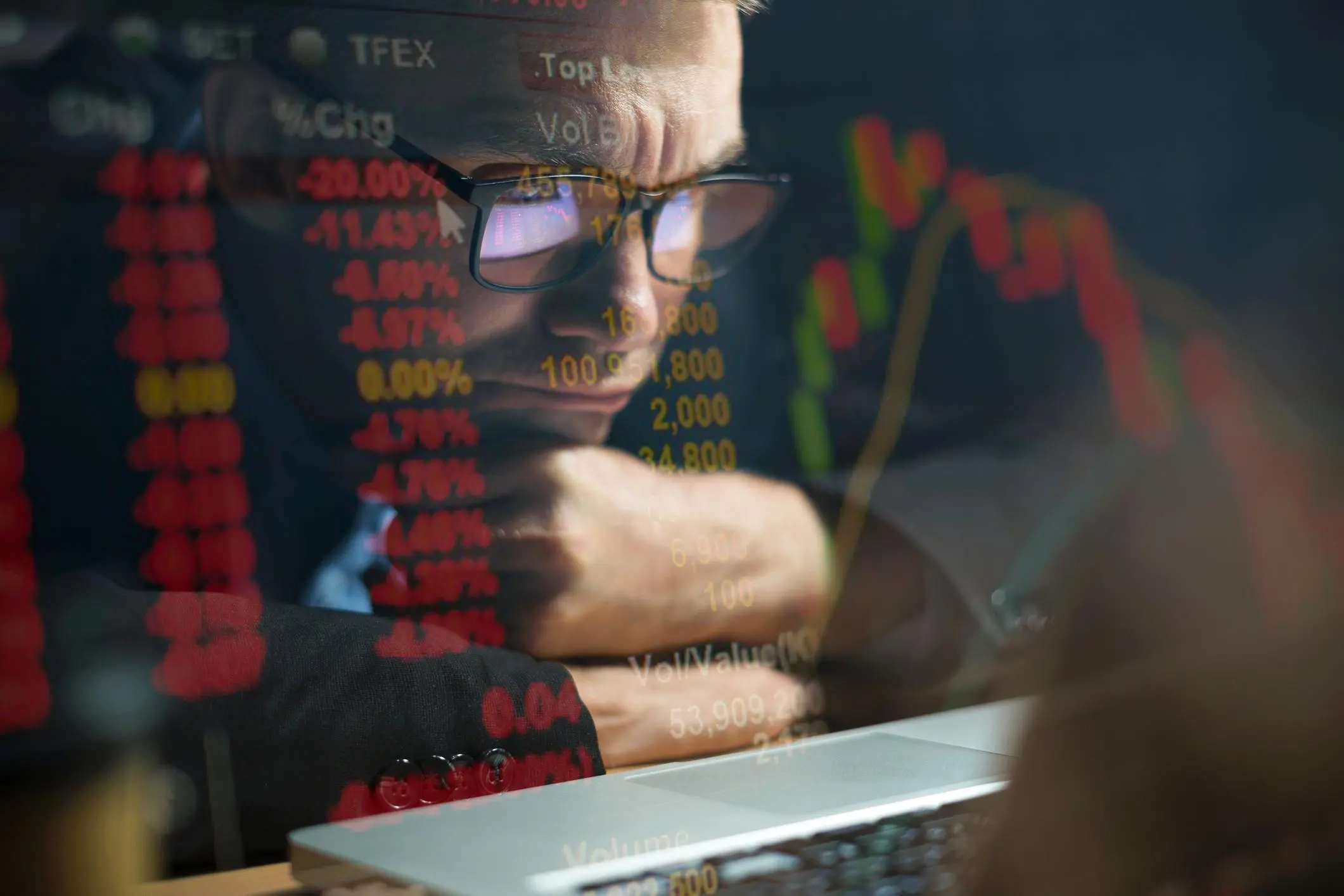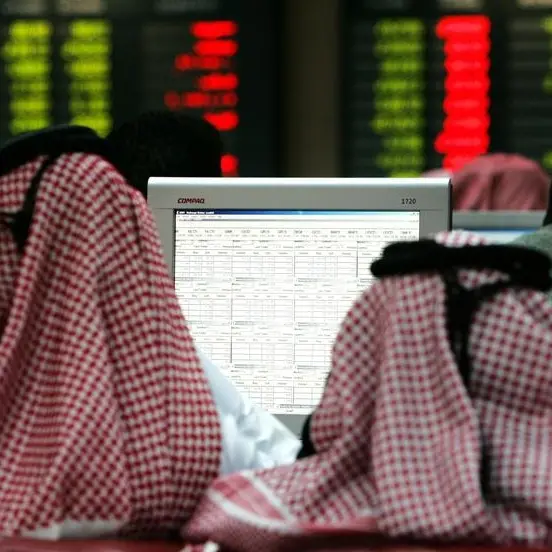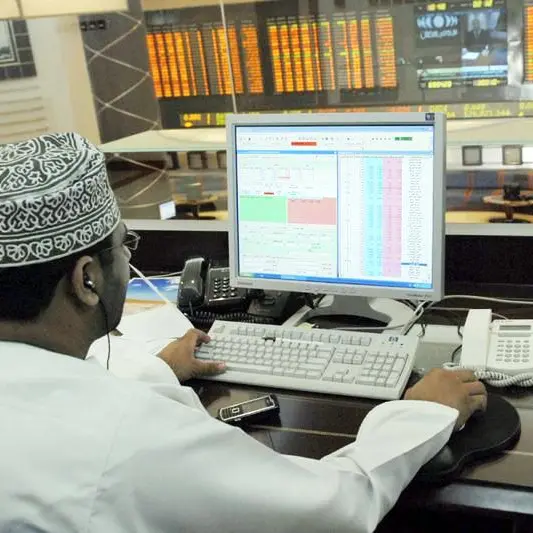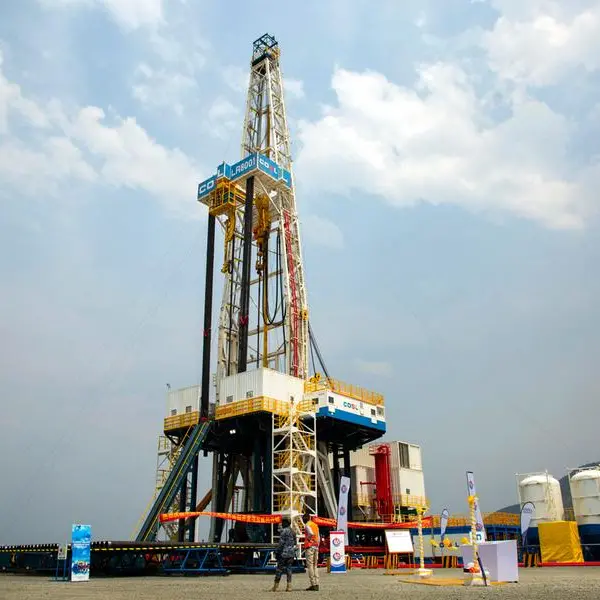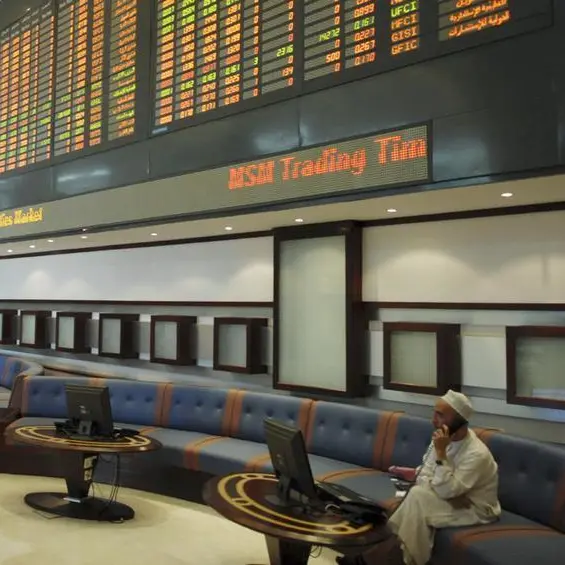PHOTO
The disruptions triggered by the COVID-19 pandemic have undoubtedly rocked the global economy and financial markets to an unprecedented level.
But despite this backdrop of 2020, and though financial markets are still fraught with uncertainties, it turns out 2020 wasn’t all gloom and doom for investors. While some asset classes did fall off a cliff, the year gone by has proven positive for a few.
So as we approach 2021, here are the leaders and laggards across asset classes in 2020 in terms of their year-to-date (YTD) return to investors.
THE LEADERS…
Precious metals
Precious metals have been one of best performing asset classes this year. Particularly, the yellow metal is leading the pack with 24 percent YTD return (as of Dec. 17).
A weaker dollar, lower interest rate, global uncertainties and stimulus measures by governments have been major catalysts for gold’s momentum.
Equities and ETFs
The improved risk appetite, especially in the last few months of 2020, saw investors flocking towards riskier assets like equities, especially the US, Asian and some Middle East stock markets. In the US, Dow Jones Industrial Average has been up 6.1 percent so far, S&P 500 15.2 percent, and Nasdaq Composite Index up 42.2 percent (as of Dec. 17, YTD). Major Asian equity markets, such as Nikkei 225 has risen 13.3 percent, Shanghai Shenzhen CSI 300 Index up 22 percent, MSCI AC Asia Pacific Index up 17.6 percent, and S&P Sensex up 13.6 percent YTD (as of Dec. 18).
In the Middle East, Saudi Stock Exchange, Qatar Stock Exchange and Abu Dhabi Securities exchange have posted positive return, up 3.9 percent, 0.5 percent and 1.54 percent, respectively, so far this year (Dec. 17). Since November, the rally in global equity markets has been mainly fuelled by twin factors -- President-elect Joe Biden's win, and the hope for a COVID-19 vaccine by spring 2021.
Riding high on the equities wave, Exchange Traded Funds (ETFs) too recorded one of the best performing years in 2020. Some of the world’s 10 largest ETFs in assets have seen higher net inflows and a positive YTD return so far. According to estimates, over $427 billion was invested into US ETF alone this year.
Fixed income
In risk-adjusted terms, fixed income instruments did very well overall, with positive returns YTD after recovering first-quarter losses. Particularly, the US corporate credit and Chinese debt, both delivered high single digit returns in US dollar terms YTD.
“The former benefited from sharply lower Treasury yields on the back of aggressive monetary easing by the Federal Reserve, the later from a higher and attractive starting level of yields as well as currency gains,” Sophie Chardon, Senior Cross-asset Strategist, Lombard Odier, said.
…and THE LAGGARDS
On the other side of the coin, those asset classes hardest hit by lockdowns have been the worst performing so far this year, say market experts.
Crude oil futures have been one of the worst hit. Both the oil benchmarks namely, WTI crude Brent crude futures, are down by around 20 percent and 22 percent YTD, respectively, as of December 17.
The next major loser is European equities. Given the poor economic outlook for Europe, major European indices have dipped into negative territory YTD, with FTSE 100 losing – 13 percent, IBEX 35 down 16 percent, CAC 40 shedding 7.5 percent, and Euro Stoxx 50 down 5 percent (as of Dec. 18).
Commodities, except precious metals, are the next asset class yielding negative return to investors this year overall. Major global commodity index such as the Refinitiv/ Core Commodity CRB(R) Index is down YTD by 10.1 percent.
In the FX market, the US dollar continued to weaken this year and hit 2-year lows amid strong equity market performance.
Next is mutual funds which, unlike ETFs, were among the worst performing asset classes this year. The US mutual funds alone lost around $469 billion of assets this year, as per estimates.
Outlook for 2021
The outlook for 2021 remains challenging and is largely predicated on how much resilient economies around the world are in absorbing the pandemic aftershocks. Equity valuations remain inflated, bond yields are compressed while corporate earnings forecast remain unclear.
Added to it is the high rate of Covid-19 infection in some European countries while daily cases are hitting new highs in the US.
“For 2021, expect an uneven recovery dependent on regional pandemic management and the equity sectors likely to benefit or suffer as a result,” Mehvish Ayub, Senior Investment Strategist, State Street Global Advisors, told Zawya.
“Despite high valuations, US equities remain supported by earnings and sales and the outlook remains favourable in the medium-term. European equities have started to recover given the vaccine news, but will need economic momentum and earnings to follow through,” she added.
Michael Bull, Investment Director at Quilter Cheviot, concurs, “Assuming the US government remains split and we see a further meaningful fiscal stimulus, it is certainly feasible that we will see a strong performance from the US markets.”
As regards gold, with prospects of global economic recovery seeming iffy, the yellow metal is expected to maintain its safe haven appeal next year, say analysts.
However, lower geopolitical risks could weigh against it.
“Headwinds for gold include any decrease in geopolitical risk that the Biden administration may provide, especially if Biden takes a more conciliatory tone regarding Chinese trade relations, and the respite a vaccine would provide,” Michael Taylor, Global Head of Front Office, ADSS, an Abu Dhabi-based brokerage, said.
Similarly, the performance of long-term Treasury yields in 2021 depends on the US economy’s direction, Covid-19 trends and the vaccine development. If the Covid-19 fears resurface, investor could flock again to bonds that could put pressure on yields.
On the other hand, some analysts even argue that 2021 could see a turaround in the performance of asset classes.
“The asset categories that are likely to perform well are real estate, equities, industrial commodities and high yield credit,” said Paul Jackson, Global Head of Asset Allocation Research, Invesco.
“I anticipate government bonds and gold to underperform,” he added.
Crude oil is another asset which may see a rebound in late 2021, analysts maintain.
“Oil will see demand resurgence, and already the Pfizer vaccine news saw crude post a stellar week. We see this likely to continue but downside risks for a price rebound remain should OPEC+ increase supply,” Sherif El-Haddad, Head of Asset Management, Al Mal Capital, said.
All in, the outlook for 2021 hinges on a few key factors, such as the course of the pandemic, global interest rate, stimulus measures and the shape of the US economic recovery. Signs of recovery and earnings growth could see investors increasing exposure to cyclical assets, while a rise in Covid-19 cases, geopolitical risks and uncertainties could cause a flight to safety.
(Reporting by Sunil Kumar Singh; editing by Seban Scaria)
Disclaimer: This article is provided for informational purposes only. The content does not provide tax, legal or investment advice or opinion regarding the suitability, value or profitability of any particular security, portfolio or investment strategy. Read our full disclaimer policy here.
© ZAWYA 2020
